When talking within the realm of construction, many people automatically think of large, industrial projects that take years to complete and require tons of rock and sand. But there are actually many ways that rock and sand can be used in residential projects as well!
If you’re wondering what some residential uses for sand are, or if you’re looking for some inspiration for your next residential project, we’ve got you covered. Plus, we can help you take care of all your sand needs and offer many residential sand hauling services, so we’ll get you the materials you need to make your project the most successful it can be.
A Brief History of Sand in Landscaping
Sand has always been an important material in construction—for both residential and commercial uses. When used for gardening and landscaping purposes, sand is a versatile and adaptable material that can be used to build anything from decorative patios to in-ground pools.
However, it’s important to remember that sand is often mixed with other materials (such as water and cement) to make it even stronger. While sand can be used on its own in a variety of situations, it also complements aggregates and materials like concrete, rock, and gravel.
Common Types of Sand Used Around the Home
Since sand is such a versatile and malleable material, it can be used almost anywhere around the home. In Texas in particular, there are a few types of sand that are more common for home projects.
In fact, you may be surprised to learn that much of the sand in Texas is mixed with clay instead of being pure, natural sand. While this mixture may present a problem for certain industrial construction projects, it can provide many benefits for residential use. In addition, there are several types of natural sand found in Texas that can also be used around the home.
We’ll give you an overview of the six main types of commonly used sand, some of which exist naturally and others which are artificially crushed or used in mixtures. The six types include: washed sand, manufactured sand, silica sand, fill sand, utility sand, and crushed stone sand.
1.Washed Sand
Washed sand (also called concrete sand) is sourced from local quarries and is washed to remove any impurities. This is a very popular type of sand for projects like walkways, patios, and pool construction.
When mixed with other materials, such as water and cement, washed sand becomes strong and durable and provides a good base for a variety of job sites. It is recommended for walkways, patios, and around the perimeters of pools because it is a gentler material, not a rough surface, so it won’t hurt to walk on. With this in mind, it’s also a good choice for places where people may be walking barefoot.
2. Manufactured Sand
When large pieces of rock are repeatedly crushed until they form sand, this is called manufactured sand. It is very useful in areas where natural sand is expensive, hard to find, or difficult to transport, but by and large, washed sand is a more popular choice.
3. Silica Sand
Silica sand is rare in Texas, but our dedicated team can source it for you from our various quarry connections. Its rarity makes it more expensive than other types of sand, so silica sand is often used for large industrial projects instead of residential areas. However, if you’re looking for aesthetics over cost, silica sand may be the way to go—it comes in a beautiful white quartz color and adds a classy vibe to any outdoor setting.
4. Fill Sand
Fill sand, or simply fills, are a compact type of sand that are perfect for building in areas which are likely to get wet or which have holes you want to fill. Because of this durability, fills are a good choice for gardening or landscaping.
5. Utility Sand
While utility sand is mostly used a base for other materials in construction jobs, it can be used for residential projects as well. Because it is made from crushed quartz, the shape and color vary, but overall, utility sand is a popular choice in areas which need a compact base.
6. Crushed Stone Sand
Although less popular than the other types of sand on this list, crushed stone sand is another strong material that is used when mixing concrete. However, it is not usually the first choice for landscaping or gardening projects.
Interesting Ways to Use Sand in Your Landscaping
1. Pools & Sports Areas
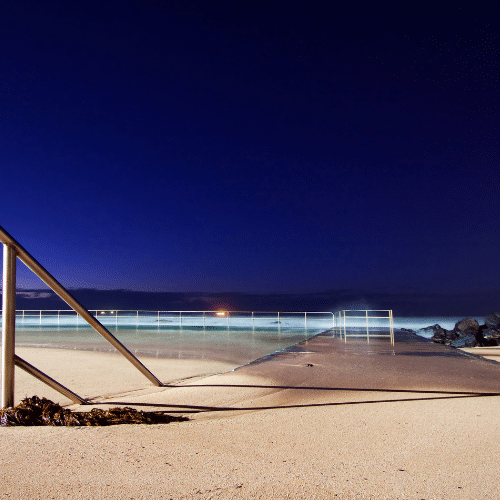
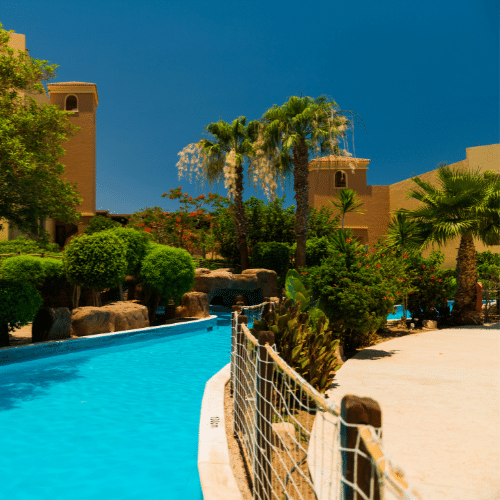
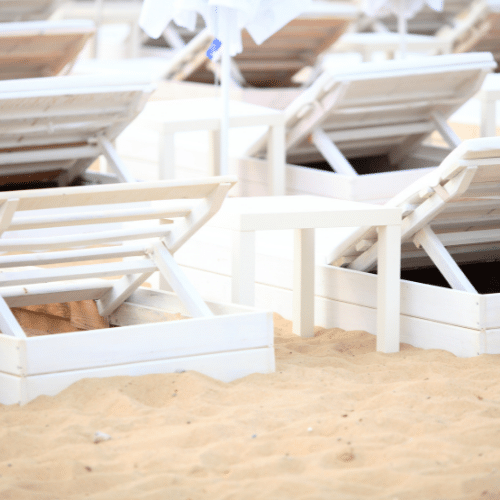
When mixed with water or other liquids to form a more cement-like substance, sand can prove to be a strong base for projects like the interior of inground pools. It can also be used for patios around the perimeter of pools because mixtures of sand and other substances do not become too slippery when wet.
If you’re not much into swimming but enjoy other sports, you can use sand to build soft surfaces for playing sports like volleyball and beach ball. For a more aesthetically-pleasing outdoor space, you can add pavers around the perimeter of the sand and add a layer of gravel under the sand in order to stabilize it.
2. Gardens
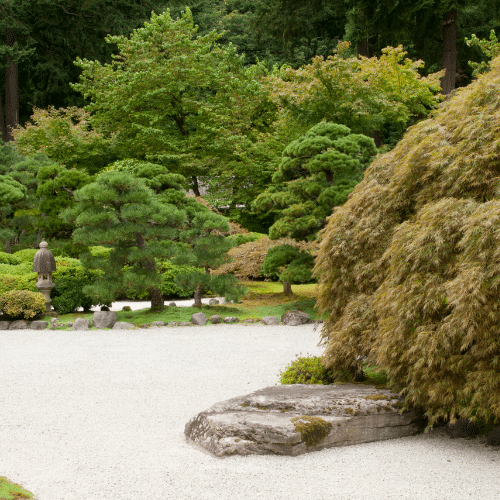
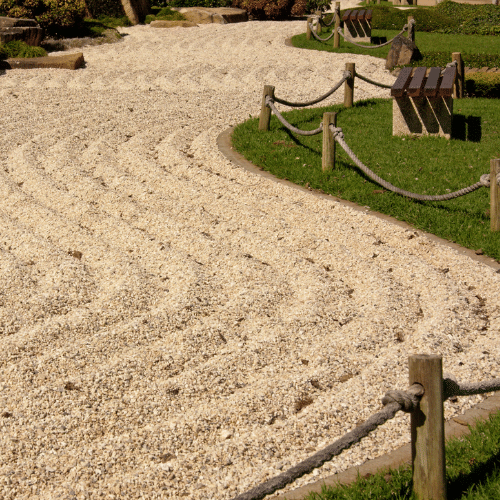
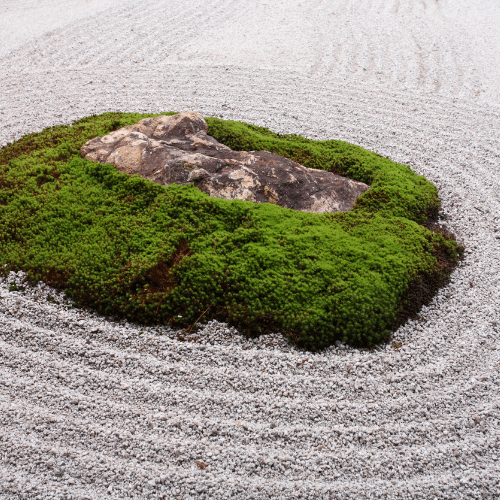
With gardening constantly evolving and establishing new trends, you may have noticed that not all gardens nowadays are filled with living plants. Instead, they can be filled with rocks, faux flowers, and even sand.
Sand provides a good filler under and in between rocks or pebbles that are placed in gardens for decoration. Because of its compactness and ability to withstand all different types of weather conditions, sand is a great choice for the modern gardener.
3. Patios & Walkways

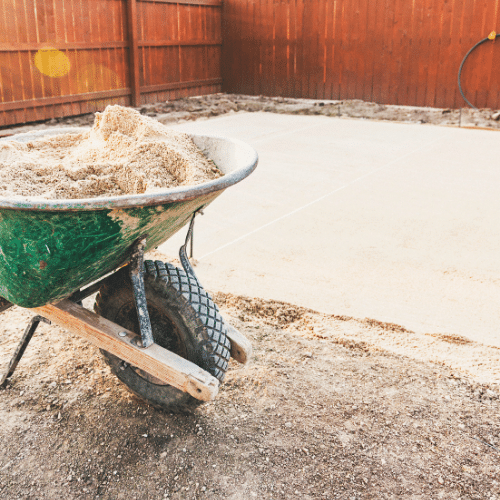
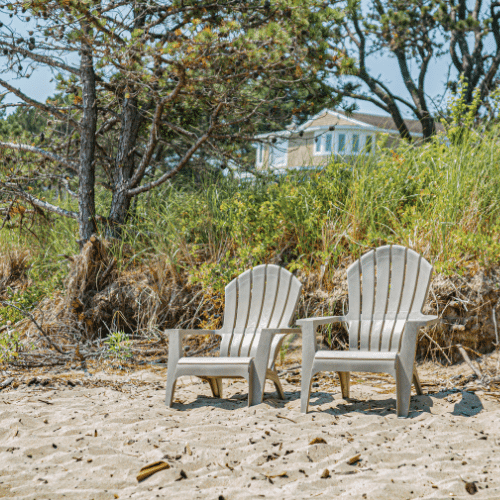
When you think of building a patio or walkway, the first construction material to come to mind is probably not sand. But sand is, in fact, a great substance to use if you want to try something new with your next patio or walkway.
There are special types of paver sand that can level walkways beneath gravel or concrete pavers and make them more stable. Other types of paver sand can be used to make concrete, which can then be used to build walkways and other outdoor areas like seating areas and steps. In addition, sand helps other materials stick together and helps avoid shifting and breaking, so your new patio or walkway is sure to last.
How Much Sand Do I Need?
It’s important to order neither too much nor too little sand for your next project in order to make it the most successful it can be. We at Twisted Nail can ensure you order both the right amount and the right type of sand.
The first point to consider when researching how much sand you need is how large your project is. Is it an industrial or residential project? How much ground will it cover?
For very small jobs, you may only need 1-5 tons of sand. However, this is uncommon, and most jobs require at least 5-20 tons. In more industrial cases or if you’re revamping your entire garden or landscape, you may need 20 tons or more to ensure you cover the whole area.
Not sure how much sand you need? Not to worry, we’re here to help!
Contact Us for Gardening & Landscaping Sand Today
If you’re looking for construction sand for your next gardening or landscaping project, we’ve got you covered. Whether you are looking for a 5-ton or 20-ton job, or need some advice on what amount or type of sand to use, we are your go-to professional sand provider. We work out of the Waco, Bryan, and Austin areas of Texas, but we can source sand from other locations as well, ensuring you receive the right kind of sand for your next residential project.